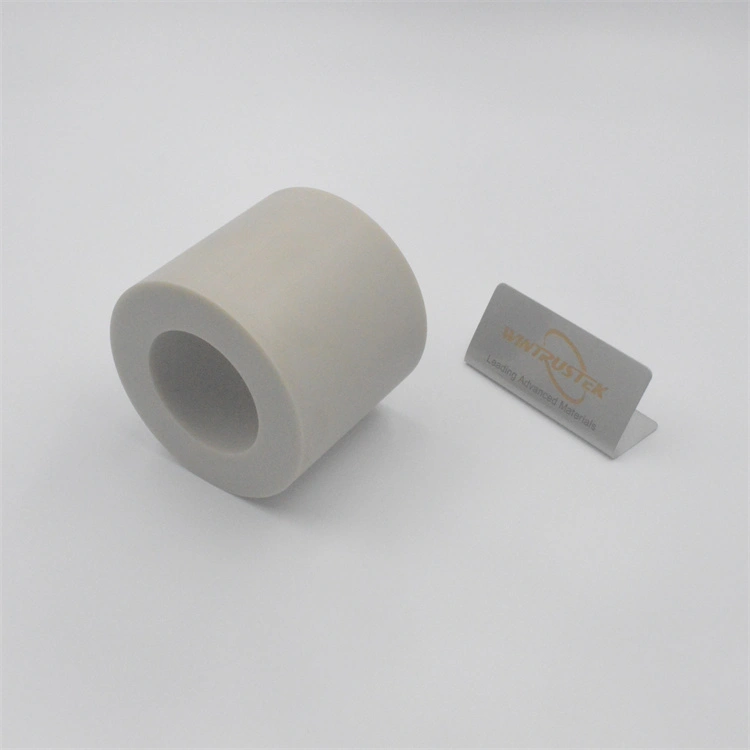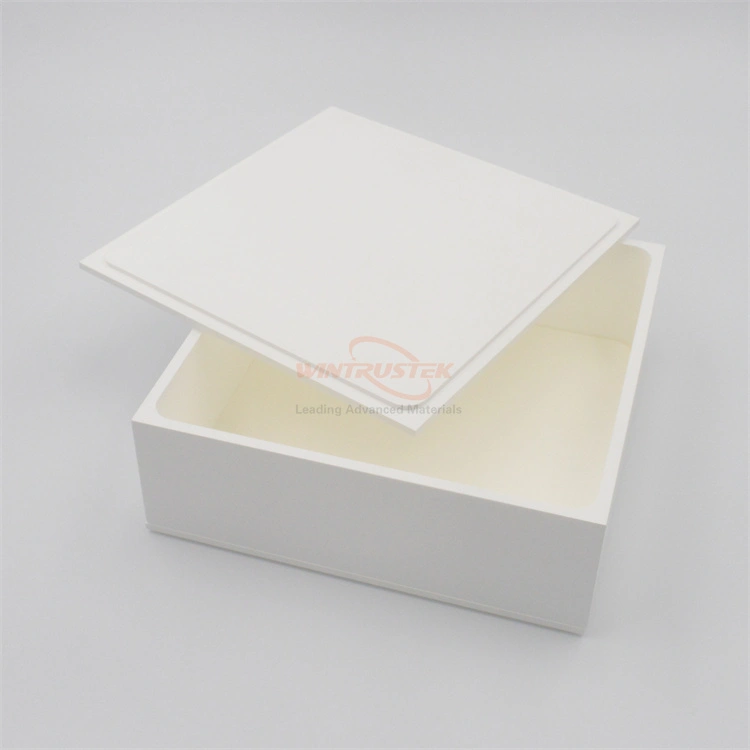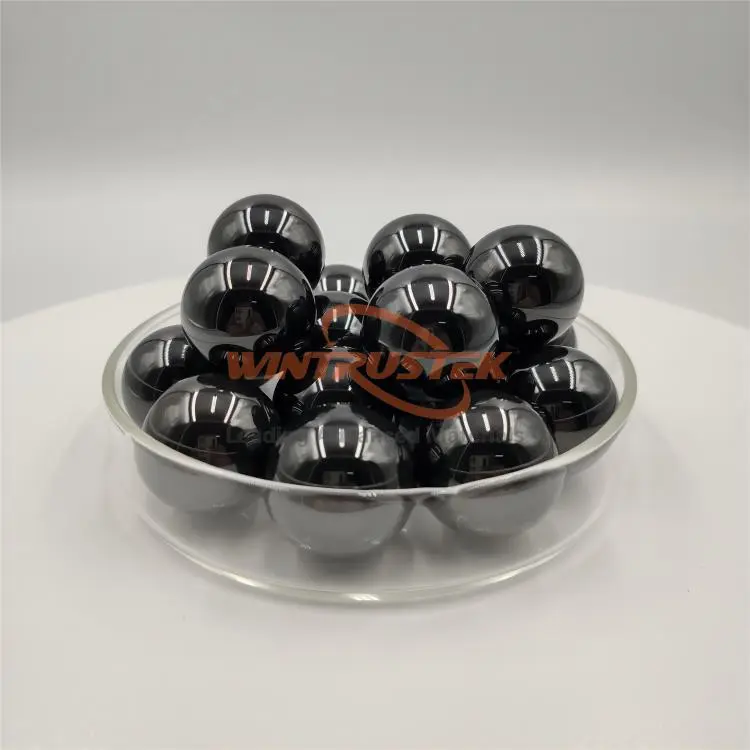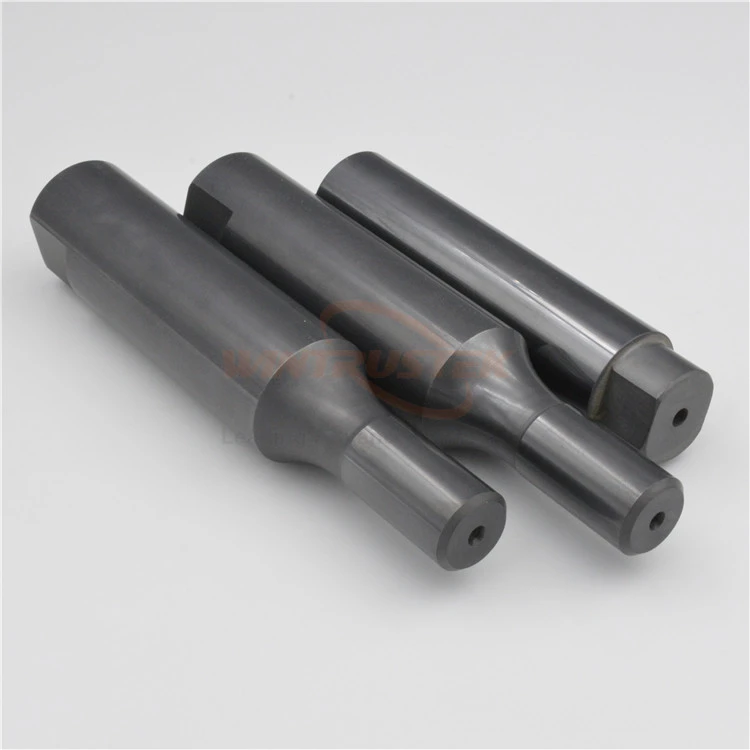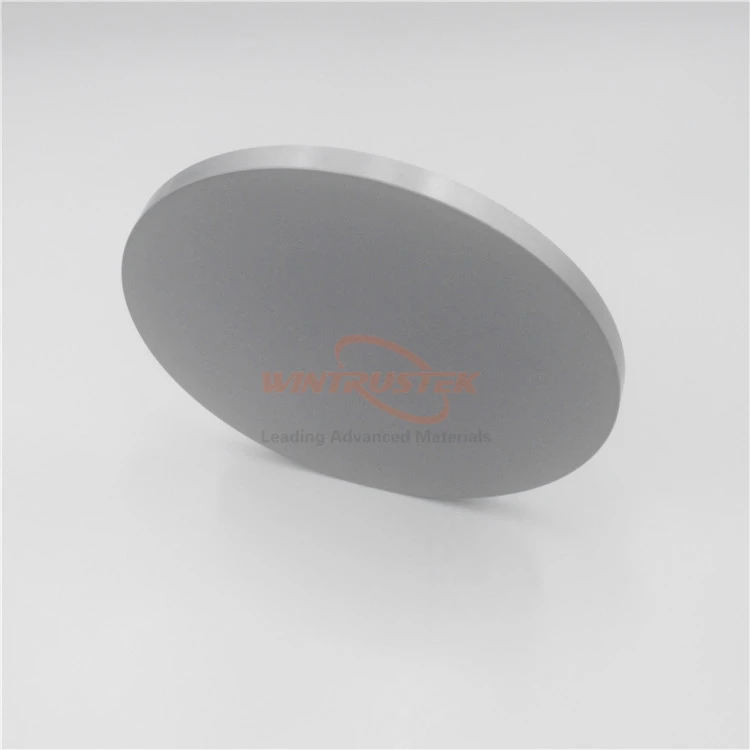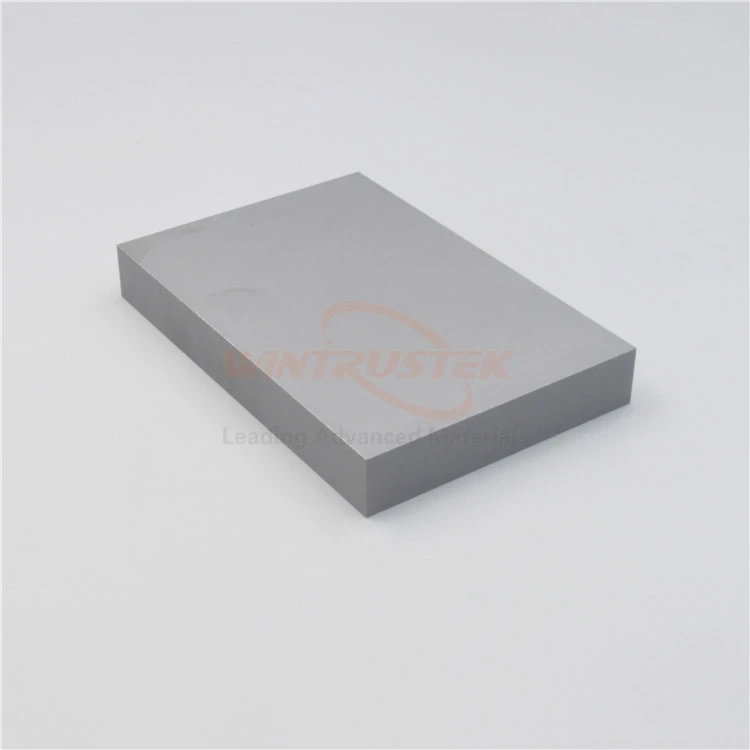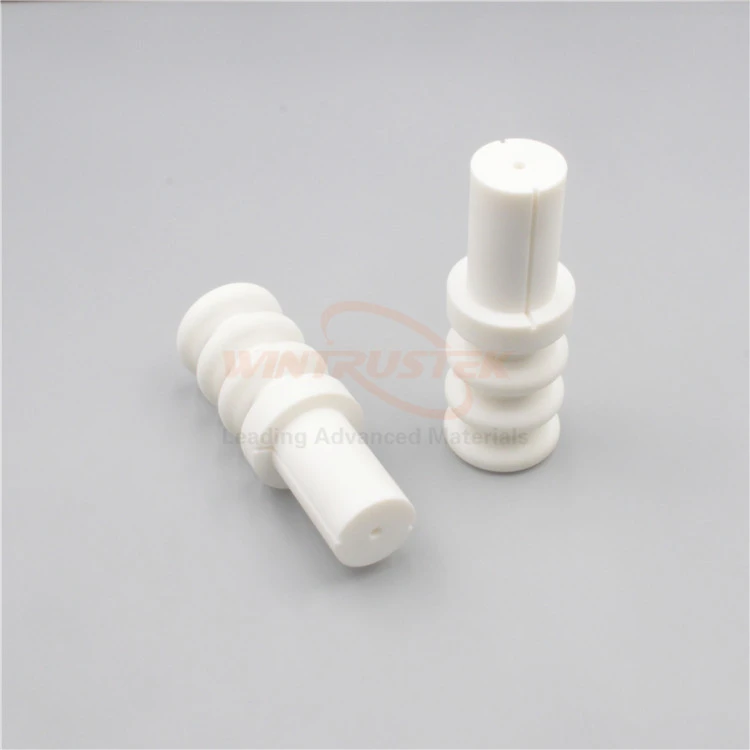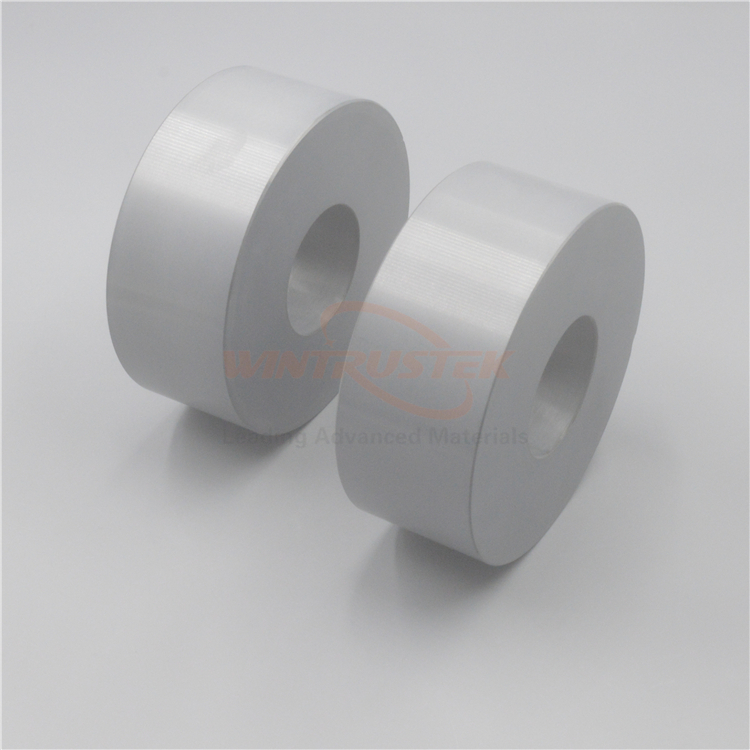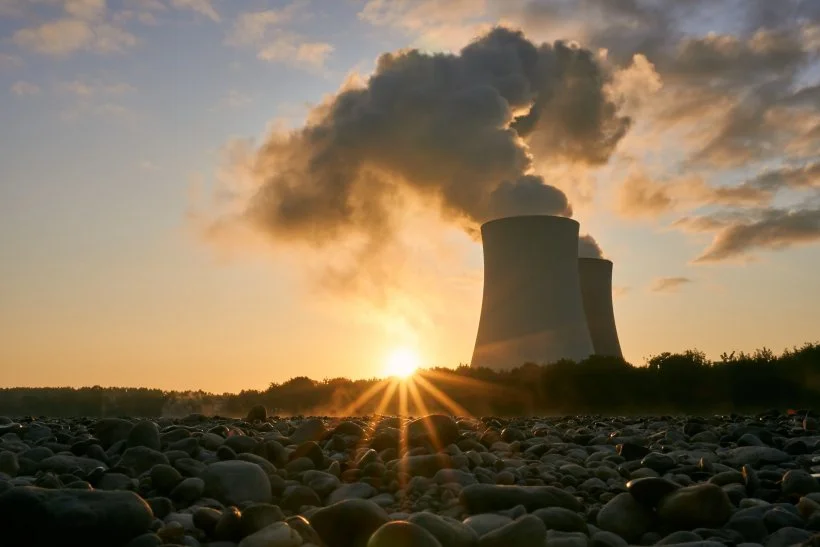
Boron Carbide (B4C) is the preferred material for nuclear radiation absorption applications because it contains a high concentration of boron atoms and can function as a neutron absorber and detector in nuclear reactors. The metalloid boron found in ceramic B4C has many isotopes, which means that each atom has the same number of protons but a unique number of neutrons. Due to its low price, heat resistance, lack of radioisotope production, and ability to shield against radiation, B4C ceramic is also a great choice for shielding material in nuclear industries.
Boron Carbide is an important material for the nuclear industry because of its high neutron absorption cross-section (760 barns at 2200 m/sec neutron velocity). The B10 isotope in boron has a greater cross-section (3800 barns).
The atomic number 5 of the chemical element boron indicates that it has 5 protons and 5 electrons in its atomic structure. B is the chemical symbol for boron. Natural boron principally consists of two stable isotopes, 11B (80.1%) and 10B (19.9%). The absorption cross-section for thermal neutrons in isotope 11B is 0.005 barns (for a neutron of 0.025 eV). Most (n, alpha) reactions of thermal neutrons are 10B (n, alpha) 7Li reactions accompanied by 0.48 MeV gamma emission. Moreover, isotope 10B has a high (n, alpha) reaction cross-section along the entire neutron energy spectrum. The cross-sections of most other elements become very small at high energies, as in the case of cadmium. The cross-section of 10B decreases monotonically with energy.
The large core absorption cross-section acts as a large net when a free neutron produced by nuclear fission interacts with boron-10. Due to this, boron-10 is significantly more likely to be hit than other atoms.
This collision produces a primarily unstable isotope of Boron-11, which fractures into:
a helium atom without electrons, or an alpha particle.
a lithium-7 atom
Gamma radiation
Lead or other heavy materials can be used to provide shielding that absorbs energy more quickly.
These characteristics allow boron-10 to be used as a regulator (neuron poison) in nuclear reactors, both in its solid form (boron Carbide) and liquid form (boric acid). When necessary, boron-10 is inserted to stop the release of neurons caused by the fission of uranium-325. This neutralizes the chain reaction.







